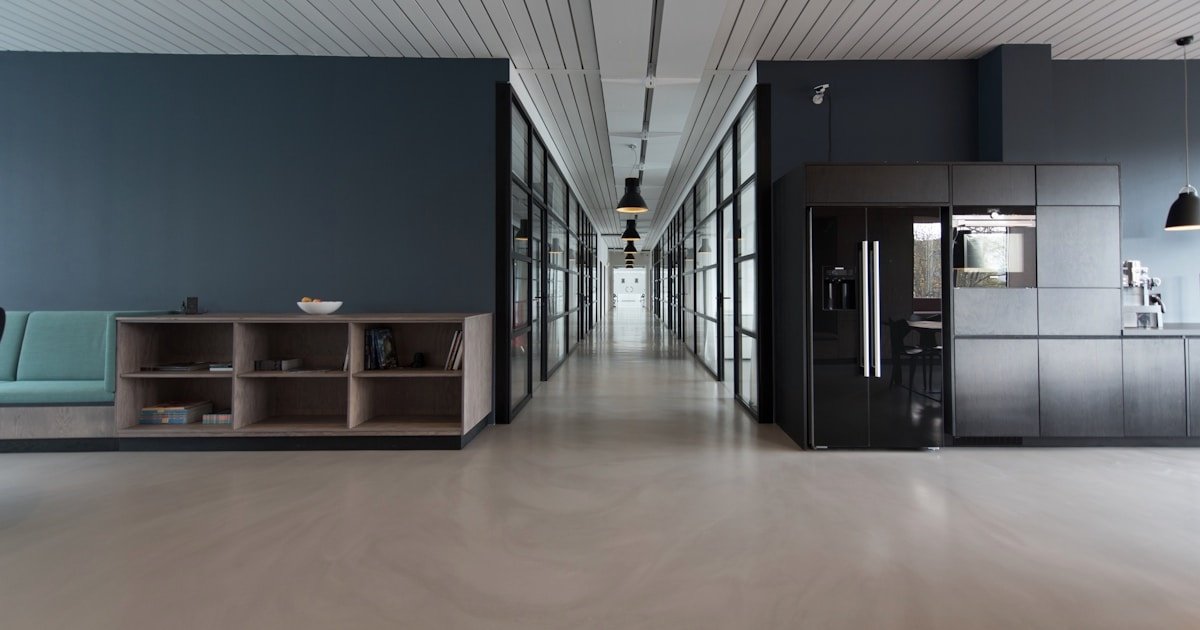
16 Sep How to Drive Innovation in a Virtual Office
Introduction
In the new world of work, where remote operations are no longer a choice but a necessity, a critical question emerges: how can organizations sustain the spark of innovation in a virtual office? As technological advancements and the global shift towards remote work reshape the business landscape, the virtual office has become a dominant model. While the benefits of this shift—flexibility, reduced costs, and a wider talent pool—are evident, a significant and often underappreciated challenge remains: nurturing innovation in a space devoid of physical presence and spontaneous collaboration.
Innovation is the heartbeat of any organization, driving growth and securing a competitive edge in an increasingly dynamic market. Yet, in a virtual office, the absence of face-to-face interaction and serendipitous idea exchanges complicates traditional innovation processes. Here we understand the complexities of promoting innovation within a virtual office setting, identifying key challenges and offering actionable strategies for HR leaders and CEOs to implement, ensuring that creativity and progress are not only sustained but thrive in this new era of work.
Challenges of Innovation in a Virtual Office
Lack of Spontaneous Interaction
In traditional office environments, innovation often thrives in unplanned, informal encounters—those “water cooler” moments where employees share ideas, build upon each other’s thoughts, and collaborate in an organic manner. The virtual office, however, lacks these opportunities for spontaneous interaction. Without these chance encounters, creative thinking can become stagnant. Research shows that unexpected exchanges can foster creativity by allowing different perspectives to meet, challenge assumptions, and inspire new ways of thinking. The absence of such moments in a virtual setting means that employees are less likely to engage in the kind of spontaneous dialogue that often leads to breakthrough ideas.
Communication Barriers
Virtual communication tools, such as text, email, or video calls, although efficient, lack the depth and richness of in-person interactions. Non-verbal cues—like body language, facial expressions, and tone of voice—are crucial for effective communication and often convey more meaning than words alone. In a virtual environment, these cues are minimized or completely lost, leading to misunderstandings or incomplete interpretations of ideas. This can result in reduced clarity, slower decision-making, and a decline in collaborative creativity. The psychological impact is also significant; employees may feel less connected, leading to a sense of detachment from the team’s collective goals and reducing their willingness to share innovative ideas.
Isolation and Disengagement
The virtual office can often feel isolating, with employees working alone for extended periods without the benefit of face-to-face social interactions. This isolation can negatively affect employees’ emotional well-being, leading to feelings of disengagement or even burnout. Studies have shown that social connection is a critical factor in workplace motivation and engagement. When employees feel isolated, their motivation to contribute innovative ideas decreases. The lack of a shared physical workspace further weakens team cohesion, making it challenging to foster a culture of collaboration where innovation can flourish.
Technological Dependence
While technology serves as the backbone of the virtual office, an over-reliance on digital tools presents its own set of challenges. Employees may experience “digital fatigue,” where constant exposure to screens and online meetings leads to exhaustion and decreased productivity. Technical difficulties, such as unstable internet connections or software glitches, can disrupt meetings and interrupt the flow of creative discussions. Additionally, concerns about data security and privacy may inhibit open communication, making employees hesitant to share new or untested ideas. This technological dependence can create a stressful work environment, where the focus shifts from creative thinking to managing technical obstacles, thus hindering innovation.
Understanding the challenges of innovation in a virtual office is crucial for HR leaders and CEOs aiming to drive innovation in a virtual office. Addressing these challenges requires targeted strategies to enhance spontaneous interactions, enrich communication, build team cohesion, and reduce digital fatigue—all vital for fostering an environment where innovative thinking can thrive, even in a virtual setting.
Strategies for Driving Innovation in a Virtual Office
Fostering a Collaborative Culture
HR leaders and CEOs must actively foster a culture of collaboration within the virtual office. This can be achieved by creating virtual spaces where employees can interact informally, such as virtual coffee breaks or dedicated brainstorming sessions. Encouraging cross-functional teams to work together on projects can also stimulate innovation by bringing diverse perspectives together.
Leveraging Technology for Innovation
To overcome communication barriers, organizations should invest in advanced collaboration tools that facilitate real-time communication and idea-sharing. Tools like virtual whiteboards, project management software, and AI-driven innovation platforms can enhance the creative process in a virtual environment.
Promoting Employee Engagement and Well-being
To combat isolation and disengagement, HR leaders should implement strategies that promote employee well-being and maintain a sense of community. Regular check-ins, virtual team-building activities, and recognition programs can help keep employees motivated and connected. Additionally, providing mental health support and encouraging work-life balance are crucial in maintaining a productive and innovative workforce.
Encouraging a Growth Mindset
CEOs should foster a growth mindset within the organization, encouraging employees to view challenges as opportunities for learning and innovation. This can be achieved through continuous learning programs, where employees are encouraged to develop new skills and apply them in their work. Leaders should also model this mindset by being open to new ideas and supporting calculated risk-taking.
Creating a Structured Innovation Process
Implementing a structured innovation process can help channel the creative energies of employees in a virtual setting. This includes setting clear goals for innovation, establishing a process for idea submission and evaluation, and providing resources and support for the development of promising ideas. Regular innovation workshops and hackathons can also stimulate creative thinking and collaboration.
Leveraging SUTE for Virtual Innovation
To successfully drive innovation in a virtual office, organizations need a robust platform that supports collaboration, communication, and creativity. SUTE offers a comprehensive virtual office solution designed to meet these needs. With its advanced collaboration tools, seamless communication features, and user-friendly interface, SUTE enables teams to innovate effectively, regardless of their physical location. By integrating SUTE into your virtual office strategy, HR leaders and CEOs can create an environment that not only supports but also accelerates innovation, ensuring that your organization remains competitive in today’s dynamic business environment.
Conclusion
Driving innovation in a virtual office presents distinct challenges, but with the right strategies and tools, these can be effectively addressed. By fostering a collaborative culture, leveraging technology, promoting employee engagement, encouraging a growth mindset, and creating a structured innovation process, HR leaders and CEOs can ensure that their organizations continue to innovate and thrive in a virtual work environment. The SUTE platform offers a powerful solution to these challenges, providing the tools necessary to support and enhance innovation in the virtual office.
Call To Action
Reach out to us at SUTE to discover how our innovative virtual office solutions can transform your organization and keep you at the forefront of your industry. Our expert team is available for consultation to help your organization design and implement tailored strategies that promote innovation, enhance communication, and strengthen team cohesion in a virtual office. Let’s work together to build a future where creativity and collaboration thrive, no matter where your team is located.
Cited Resources:
McKinsey & Company. (2022). How virtual work is accelerating innovation.
Forbes. (2024). 3 Thoughtful Virtual Work Strategies To Drive Productivity And Culture.
Harvard Online. (2022). Is Remote Work the Key to Increasing Open Innovation?.
Gartner. (2021). Take These 3 Actions to Make Digital Workplaces Happier, Faster and Smarter


